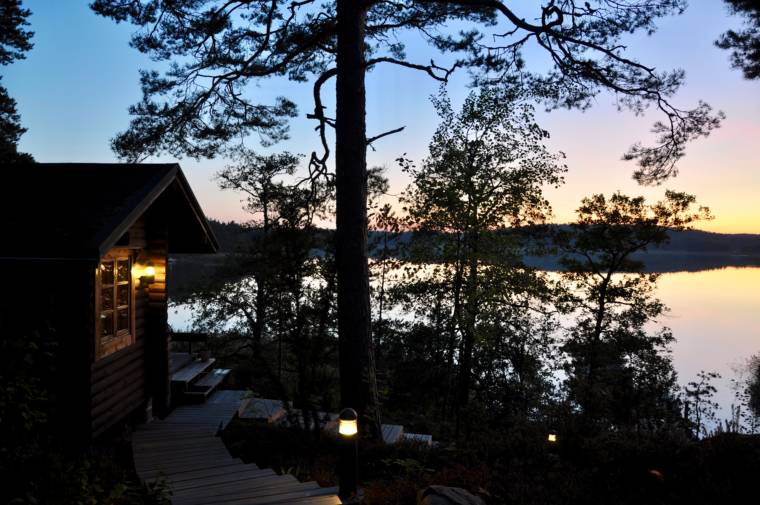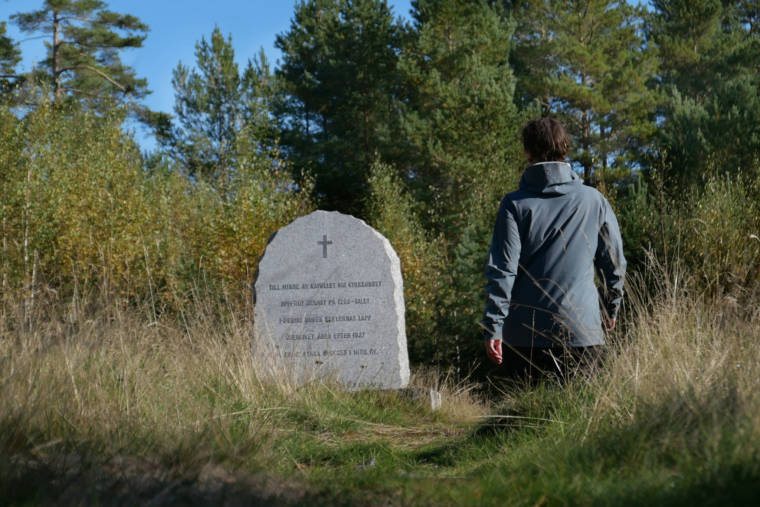About Kimitoön
Kimitoön and its archipelago is a cultural and historical marine environment worth visiting all year round. The Municipality of Kimitoön consists of around 3,000 islands and skerries, roughly 20 of which are inhabited all year round.
Kimitoön is the gateway to the world’s most beautiful archipelago in the Archipelago National Park. Our archipelago is also part of the Archipelago Sea Biosphere Reserve, designated by UNESCO. The coastal route is a new cycle route that connects the most beautiful natural landscapes in southern Finland. Attractions in Kimitoön include the Bengtskär lighthouse, Örö Fortress Island, the former ironworks village of Dalsbruk, Högsåra, Söderlångvik Manor and the archipelago villages of Rosala and Hitis.
The island is bilingual and a practical and tolerant approach is taken to the two languages. You can speak Swedish or Finnish as you wish, and your conversation partner can answer you in their native language. The main thing is that you make yourselves understood.
The Municipality of Kimitoön is one of the municipalities in Finland with the most holiday cottages. Its unique nature and diverse culture attract large numbers of tourists and new residents.

Municipality of Kimitoön
| Number of inhabitants 31.12.2020: | 6 609 |
| Swedish speakers: | 67,5 % |
| Finnish speakers: | 28,7 % |
| Foreign-language speakers: | 3,8 % |
| Housing units: | 4 537 |
| Holiday houses: | 4 865 |
| Tax rate: | 7,11 % |
Highlights of the history of Kimitoön

- Kimitoön was settled in the 12th century by Swedish immigrants. The Vikings’ eastern route was via the Hitis area and the coast of Kimitoön.
- The parish of Kimitoön is first mentioned in the 1320s. St Andrew’s Church in Kimito was built in the 1460s. Count Axel Oxenstierna was granted Kimito in the early 17th century. He was also granted the right to found a town in his barony, a privilege that has yet to be utilised.
- The island has a long tradition of industrial activity. Daniel Faxell founded Dalsbruk ironworks in Dalsbruk in 1686, and a lock factory was founded in Björkboda in 1734. Industrial lime burning was carried out in the Västanfjärd area from the 19th century to the mid-20th century.
- Sailing ships were used extensively in the 19th century, especially in Västanfjärd. During the peak years, there were over a hundred registered sailing ships in Kimitoön.
- At the end of the 19th century, Greater Kimito was divided into the following four municipalities: Kimito, Angelniemi, Dragsfjärd and Västanfjärd.
- The archipelago municipality of Hitis, with 700 inhabitants, became part of the Municipality of Dragsfjärd in 1969. Kimito, Dragsfjärd and Västanfjärd were merged to form the Municipality of Kimitoön in 2009.
- Metsähallitus established the Archipelago National Park in 1983.
- The Archipelago Sea Biosphere Reserve was established in 1994. The Archipelago National Park is the heart of the biosphere reserve. Kimitoön is one of eight municipalities in Finland with official archipelago status.